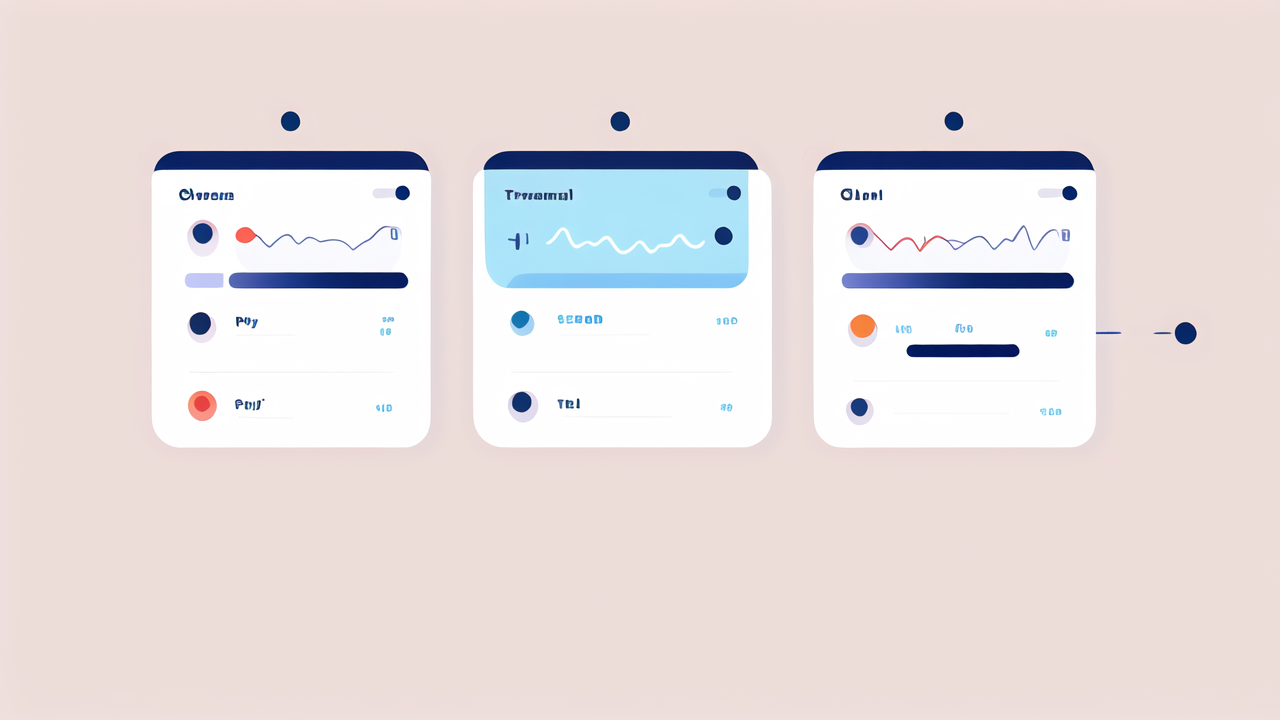Understanding the Role of Activity Trackers in Fitness
The Evolution of Fitness Monitoring Devices
Fitness monitoring devices have come a long way. In the past, we relied on simple pedometers. These basic tools only counted steps. Today, we have advanced activity trackers. These smart devices do much more than count steps. They monitor heart rate, sleep patterns, and even stress levels. The journey from pedometers to smart watches has been rapid. Each new device brings more features and better accuracy. This evolution has changed how we approach fitness. It's no longer just about moving more. Now, we can track and improve every aspect of our health.

Key Metrics Tracked by Modern Activity Trackers
Modern activity trackers offer a wealth of data. Here are some key metrics they monitor:
- Steps taken
- Distance traveled
- Calories burned
- Heart rate
- Sleep duration and quality
- Stress levels
- Blood oxygen levels
- Workout intensity
These metrics give us a complete picture of our health. They help us understand our bodies better. With this data, we can make informed decisions about our fitness routines. We can see what's working and what needs improvement. This level of insight was not possible before activity trackers.
The Impact of Wearable Technology on Fitness Regimens
Wearable technology has changed how we approach fitness. It's made us more aware of our daily habits. We now have real-time feedback on our activities. This instant data motivates us to move more and sit less. Activity trackers also help us set realistic goals. We can track our progress over time. This makes it easier to stay committed to our fitness plans. Many people find they exercise more regularly with a tracker. The device serves as a constant reminder to stay active. It's like having a personal trainer on your wrist.
Maximizing Efficiency with Smart Watches and Trackers
Using Tracking Technology to Enhance Workout Efficiency
Smart watches and activity trackers can boost workout efficiency. They provide real-time data during exercise. This helps us maintain the right intensity level. We can see if we're pushing too hard or not hard enough. Many devices offer guided workouts. These can help us try new exercises safely. They also ensure we're using proper form. Some trackers can detect specific movements. This means they can count reps and sets automatically. This frees us to focus on our workout, not on counting.

Trackers also help us manage our rest periods. They can alert us when it's time to start the next set. This keeps our workouts on track and efficient. Many devices can estimate our VO2 max. This measure of fitness helps us track our progress over time. By using these features, we can get more out of each workout. We waste less time and see better results.
Customizing Your Fitness Routine Based on Data Insights
Activity trackers gather a lot of data. This data can help us create personalized fitness plans. We can see which types of workouts give us the best results. Maybe running burns more calories for you than cycling. Or perhaps strength training boosts your metabolism more than cardio. With this info, we can adjust our routines for maximum benefit. Trackers also show us our patterns over time. We might notice we're more active on weekdays than weekends. This insight can help us plan better weekend activities.
Some trackers offer suggestions based on our data. They might recommend rest days or more intense workouts. These suggestions help us avoid burnout and injury. They also ensure we're challenging ourselves enough. By using these insights, we can create a fitness routine that fits our unique needs. This personalized approach often leads to better results and long-term success.
Integrating Activity Trackers with Fitness Apps
Many activity trackers work with fitness apps. This integration expands their usefulness. We can sync our tracker data with apps for nutrition, sleep, or stress management. This gives us a more complete view of our health. Some popular fitness apps that work with trackers include:
- MyFitnessPal
- Strava
- Nike Training Club
- Fitbit
- Apple Health
These apps can help us set goals and track progress. They often have social features too. We can connect with friends or join challenges. This adds a fun, competitive element to our fitness journey. Some apps offer detailed analysis of our tracker data. They can spot trends we might miss. This deeper insight can help us fine-tune our fitness routines.
The Future of Fitness in the United States
The Growing Popularity of Activity Tracking Among American Fitness Enthusiasts
Activity tracking is booming in the United States. More Americans are using these devices every year. In 2021, over 30% of US adults owned a smartwatch or fitness tracker. This number is expected to grow. Many people see these devices as essential health tools. They're not just for athletes anymore. People of all ages and fitness levels use them. Some employers even offer trackers as part of wellness programs. This trend shows no signs of slowing down.

Fitness enthusiasts love the data these devices provide. It helps them push their limits and achieve new goals. But even casual users find value in activity tracking. It makes people more aware of their daily habits. This awareness often leads to healthier choices. As trackers become more affordable, their popularity will likely continue to rise.
Predicting Fitness Trends with Data from Activity Trackers
Activity trackers collect vast amounts of data. This data can reveal fitness trends across the country. Researchers use this info to predict future trends. For example, data might show a rise in home workouts. This could lead to more development of home fitness equipment. Tracker data can also show which types of exercise are gaining popularity. This helps fitness companies create new products and services.
On a personal level, trackers can predict our fitness needs. They might notice patterns in our activity levels. Based on this, they can suggest new workout routines. This predictive ability makes trackers valuable tools for long-term health. As more people use these devices, the predictions will become even more accurate.
The Role of AI and Machine Learning in Fitness Tracking Devices
AI and machine learning are changing fitness tracking. These technologies make devices smarter and more helpful. AI can analyze our data and offer personalized advice. It might suggest when to increase workout intensity. Or it could warn us if we're at risk of overtraining. Machine learning helps devices recognize different activities. They can tell if we're running, cycling, or swimming without us telling them. This makes tracking more accurate and convenient.
In the future, AI might act like a personal health coach. It could create custom workout plans based on our goals and progress. It might even predict potential health issues before they become serious. As these technologies advance, our fitness trackers will become even more powerful tools. They'll help us not just track our health, but actively improve it.




Leave a comment
This site is protected by hCaptcha and the hCaptcha Privacy Policy and Terms of Service apply.